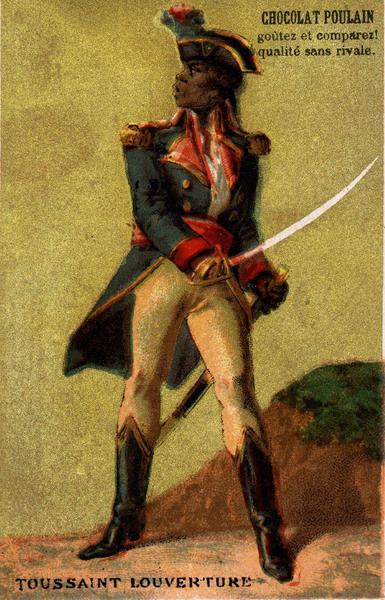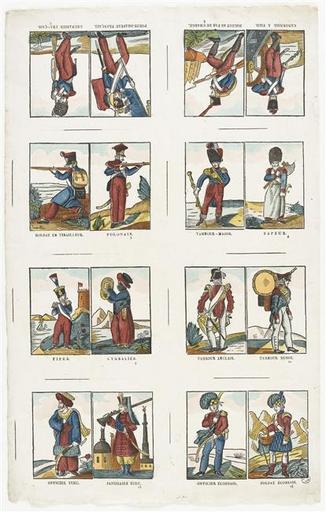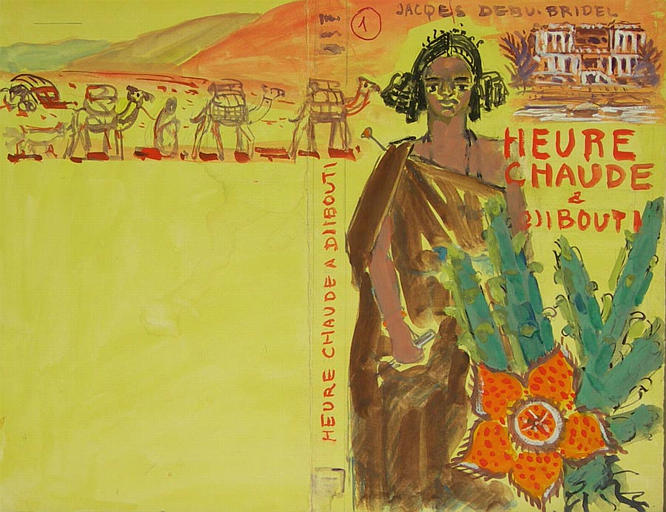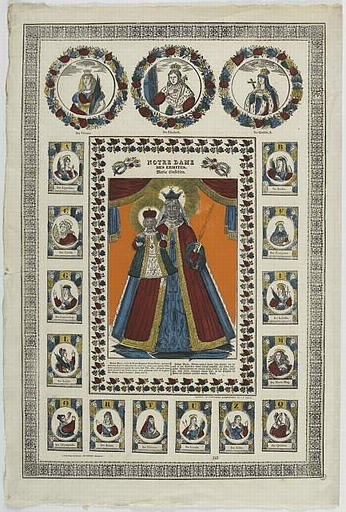Environ 70 résultats pour « Race humaine »
-
Race humaine
Une race humaine est une subdivision de l'espèce humaine dite espèce Homo sapiens. La notion de race humaine est une application à l'espèce Homo sapiens du concept de race, terme qui définit des sous-groupes d'espèces du règne végétal ou animal. La définition zoologique du terme race est la suivante : « subdivision d'une espèce qui hérite des caractéristiques la distinguant des autres populations de l'espèce. Au sens génétique une race est une population qui diffère dans l'incidence de certains gènes des autres populations, conséquence d'une isolation, le plus souvent géographique ». Pour la communauté scientifique, le concept de race est, aujourd'hui, invalide pour caractériser les différents sous-groupes de l'espèce humaine. Toutefois, un certain nombre d'analyses génétiques basées sur des polymorphismes génétiques permettraient de distinguer une répartition géographique de certains de ces polymorphismes. Par exemple, l'équipe de Luigi Luca Cavalli-Sforza suggère que les Homo sapiens se répartissent en neuf populations de base : africains, européens, nord-africains, asiatiques de l'est, amérindiens, peuples de l'arctique, aborigènes d'Australie, sud-est asiatique, îles du pacifique. Ces nouvelles découvertes génétiques sont reprises à leur compte par les tenants du racialisme qui considèrent que l'espèce Homo sapiens se divise en neuf grandes races. Le terme de « race » a été employé aux XIX siècle, et souvent jusqu'au XX siècle, pour désigner des groupes différenciés arbitrairement les uns des autres, par exemple une religion majoritairement partagée (p. ex. , la « race juive »), par leur nationalité, notamment dans les discours nationalistes du XIX siècle, ou encore par leur couleur de peau. De nos jours le terme « race » est l'objet de controverses fréquentes notamment liées aux différentes interprétations que fait l'homme de sa définition biologique, et le terme race est bien souvent abusivement employé par les idéologues racialistes. Dans les pays anglophones comme les États-Unis ou le Canada, le terme race (ou « ethnicity ») demeure utilisé dans le langage courant pour faire référence à l'origine ethnique déclarée par un individu, généralement sans qu'il y ait de consensus sur les divisions admises pour ce faire. Cette pratique totalement admise dans ces pays est officiellement rejetée dans d'autres comme la France, où l'utilisation dans un cadre officiel d'une mention raciale est interdite, bien que paradoxalement celle de « type », suivie d'une précision géographique soit acceptée (alors qu'il existe des Noirs européens et des Blancs africains). Au Québec, si l'utilisation du mot « race » (« race noire », « race blanche »…) ne suscite guère de débat, il est toutefois plus convenu d'utiliser dans les discours et les écrits plus formels le terme « origine ethnique », suivi de la nationalité.
-

Bee's Polish / Pâte / pour toutes chaussures
-
- Domaine(s) :
- Ethnologie
- Imprimerie
-
- Datation :
- XXe siècle
-
-

TOUSSAINT LOUVERTURE (titre inscrit)
-
- Domaine(s) :
- Estampe
- Ethnologie
-
- Sujet représenté :
- Haïti
- Homme
- Président de la République
- Race humaine
- Toussaint Louverture
-
- Datation :
- XIXe siècle
-
-

HISTOIRE DE ROBINSON CRUSOE (titre inscrit)
-
- Domaine(s) :
- Estampe
- Ethnologie
-
- Sujet représenté :
- Naufrage
- Race humaine
-
- Datation :
- XIXe siècle
-
-

Planche de militaires (titre factice)
-
- Domaine(s) :
- Estampe
- Ethnologie
-
- Sujet représenté :
- Baïonnette (arme)
- Bâton
- Canon (artillerie)
- Cymbale
- Drapeau
- Flûte traversière
- …
-
- Datation :
- XIXe siècle
-
-

SCENE HORRIBLE DE LA TRAITE DES NEGRES (titre inscrit)
-
- Domaine(s) :
- Estampe
- Ethnologie
-
- Datation :
- XIXe siècle
-
-

LA SOURCE DE KNARESBOROUGH... (titre inscrit)
-
- Domaine(s) :
- Estampe
- Ethnologie
- Histoire
-
- Sujet représenté :
- Baïonnette (arme)
- Château
- Combat
- Homme
- Hutte
- Hôtel de ville
- …
-
- Datation :
- XIXe siècle
-
-

LA SOURCE DE KNARESBOROUGH... (titre inscrit)
-
- Domaine(s) :
- Estampe
- Ethnologie
- Histoire
-
- Sujet représenté :
- Baïonnette (arme)
- Château
- Combat
- Homme
- Hutte
- Hôtel de ville
- …
-
- Datation :
- XIXe siècle
-
-

-

S.T FRANCOIS-XAVIER, / APOTRES DES INDES. (titre inscrit)
-
- Domaine(s) :
- Estampe
- Ethnologie
- Inde
-
- Sujet représenté :
- Arc (arme)
- Chapelet
- Crucifix
- François Xavier
- Homme
- Hutte
- …
-
- Datation :
- XIXe siècle
- XVIIIe siècle
-
-

-
- Domaine(s) :
- Divertissement
- Ethnologie
-
- Désignation :
- marionnette à gaine
-
- Sujet représenté :
- Chapeau
- Femme
- Race humaine
-
-

-
- Domaine(s) :
- Divertissement
- Ethnologie
-
- Désignation :
- marionnette à gaine
-
- Sujet représenté :
- Homme
- Race humaine
- Turban
-
-

-
- Domaine(s) :
- Divertissement
- Ethnologie
-
- Désignation :
- marionnette à tringle et à fils
-
- Sujet représenté :
- Homme
- Race humaine
-
- Datation :
- XIXe siècle
-
-

-
- Domaine(s) :
- Divertissement
- Ethnologie
-
- Désignation :
- marionnette à tringle et à fils
-
- Sujet représenté :
- Femme
- Race humaine
-
- Datation :
- XXe siècle
-
-

-
- Domaine(s) :
- Divertissement
- Ethnologie
-
- Désignation :
- marionnette à tringle et à fils
-
- Sujet représenté :
- Homme
- Race humaine
-
- Datation :
- XIXe siècle
-
-

-
- Domaine(s) :
- Divertissement
- Ethnologie
-
- Désignation :
- marionnette à tringle et à fils
-
- Sujet représenté :
- Homme
- Race humaine
-
- Datation :
- XIXe siècle
-
-

-
- Domaine(s) :
- Divertissement
- Ethnologie
-
- Désignation :
- marionnette à tringle et à fils
-
- Sujet représenté :
- Homme
- Race humaine
-
- Datation :
- XIXe siècle
-
-

-
- Domaine(s) :
- Divertissement
- Ethnologie
-
- Désignation :
- marionnette à tringle et à fils
-
- Sujet représenté :
- Femme
- Race humaine
-
- Datation :
- XIXe siècle
-
-

-
- Domaine(s) :
- Divertissement
- Ethnologie
-
- Désignation :
- marionnette à tringle et à fils
-
- Sujet représenté :
- Homme
- Race humaine
-
-

-
- Domaine(s) :
- Divertissement
- Ethnologie
-
- Désignation :
- marionnette à tringle et à fils
-
- Sujet représenté :
- Homme
- Race humaine
-
-

-
- Domaine(s) :
- Divertissement
- Ethnologie
-
- Désignation :
- marionnette à fils
-
- Sujet représenté :
- Homme
- Race humaine
- Tambourin (sur cadre)
-
- Datation :
- XIXe siècle
-
-

-
- Domaine(s) :
- Divertissement
- Ethnologie
-
- Désignation :
- marionnette à transformations
-
- Sujet représenté :
- Femme
- Mort
- Race humaine
- Tête humaine
-
- Datation :
- XIXe siècle
-
-

-
- Domaine(s) :
- Divertissement
- Ethnologie
-
- Désignation :
- marionnette à tringle et à fils
-
- Sujet représenté :
- Homme
- Race humaine
-
-

-
- Artiste(s) :
- Yvonne Jean-Haffen
Fédération des anciens médecins et pharmaciens : programme …
-
- Domaine(s) :
- Dessin
-
- Sujet représenté :
- Enfant
- Femme
- Fruit (botanique)
- Panier
- Partition (musique)
- Race humaine
-
- Datation :
- XXe siècle
-
-

-
- Artiste(s) :
- Yvonne Jean-Haffen
Heure Chaude à Djibouti (premier projet) [titre attribué]
-
- Domaine(s) :
- Dessin
-
- Datation :
- XXe siècle
-
-

-
- Artiste(s) :
- Yvonne Jean-Haffen
Heure chaude à Djibouti (3e projet) [titre attribué]
-
- Domaine(s) :
- Dessin
-
- Datation :
- XXe siècle
-
-

-
- Artiste(s) :
- Yvonne Jean-Haffen
Heure chaude à Djibouti (4e projet) [titre attribué]
-
- Domaine(s) :
- Dessin
-
- Datation :
- XXe siècle
-
-

-
- Artiste(s) :
- Yvonne Jean-Haffen
Heure Chaude à Djibouti (4e projet) [titre attribué]
-
- Domaine(s) :
- Dessin
-
- Datation :
- XXe siècle
-
-

-
- Artiste(s) :
- Yvonne Jean-Haffen
Portrait de femme : Afrique orientale (Somalie ?) [titre at…
-
- Domaine(s) :
- Dessin
-
- Sujet représenté :
- Femme
- Race humaine
- Somalie
- Tête humaine
-
- Datation :
- XXe siècle
-
-


